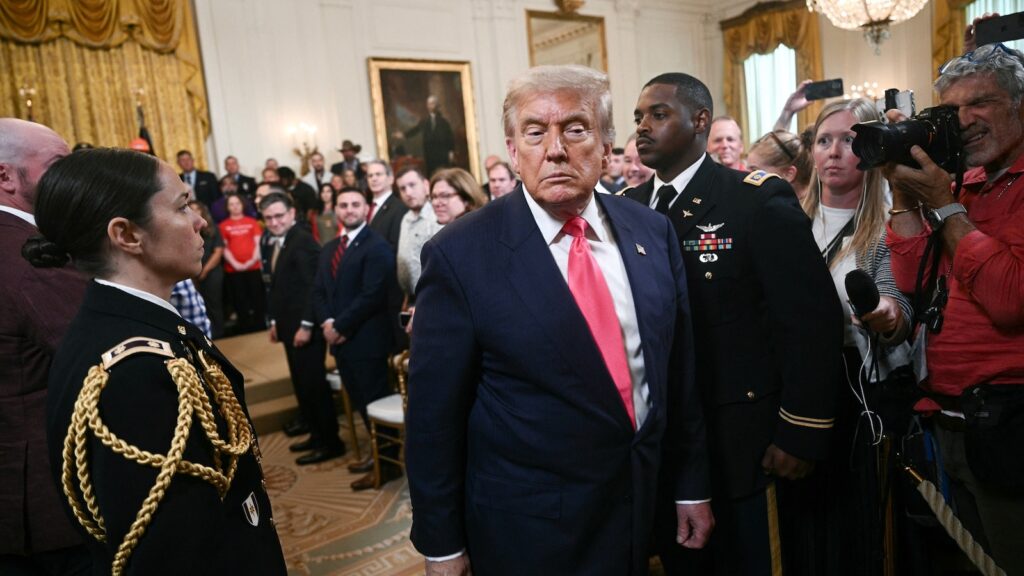
WASHINGTON, D.C. – A week after President Donald Trump ordered a U.S. attack on three Iranian nuclear sites, conflicting reports continue to emerge about the extent of the damage and the strategic goals behind the operation.
Immediate Impact
The strikes, which took place on June 21, targeted key nuclear facilities in Fordo, Natanz, and the Isfahan Nuclear Technology Center. President Trump and Defense Secretary Pete Hegseth initially declared the mission a success, claiming the Iranian nuclear program had been “obliterated.”
Key Details Emerge
However, preliminary assessments, including those from the Pentagon’s intelligence wing, suggest a more nuanced outcome. While some officials maintain the operation achieved its objectives, others indicate the damage may only have set back Iran’s nuclear capabilities by a few months.
“It was clear we devastated the Iranian nuclear program,” Defense Secretary Pete Hegseth stated, though Joint Chiefs Chairman Gen. Dan Caine noted that a full damage assessment would take more time.
Pentagon Report Leaks
Reports on Tuesday revealed an initial Defense Intelligence Agency assessment, which suggested the attack’s impact might be limited. Secretary of State Marco Rubio condemned these leaks but affirmed that “very significant, substantial damage was done.”
Facility Destruction Downplayed
Rubio detailed that bunker-buster bombs targeted ventilation shafts at Fordo, yet acknowledged difficulties in assessing the full extent of the damage. Meanwhile, Director of National Intelligence Tulsi Gabbard claimed the facilities were destroyed, a statement challenged by other reports.
Rafael Grossi, director general of the International Atomic Energy Agency, suggested some enriched uranium had been moved before the attacks, a claim President Trump refuted.
Regional Implications
Despite the ongoing debate over the mission’s success, Secretary Hegseth emphasized a strategic victory in halting hostilities between Iran and Israel. “We got that peace, that ceasefire,” he stated, linking it to the display of American military strength.
What Comes Next
On Capitol Hill, lawmakers were briefed on the operation, with some acknowledging the mission may not have targeted Iran’s enriched uranium stockpile. “The purpose was to eliminate certain aspects of their nuclear program,” Rep. Greg Murphy explained.
Sen. Lindsey Graham remarked, “The program was obliterated at those three sites,” although uncertainties about the uranium’s location remain.
Background Context
The attack followed reports of Iran’s non-compliance with international nuclear regulations. As the situation develops, the U.S. administration continues to manage the narrative surrounding the operation’s outcomes.
Expert Analysis
Analysts suggest that while the physical damage to facilities may be limited, the broader geopolitical implications are significant. The strikes have reshaped regional dynamics and demonstrated U.S. military capabilities.
Future Implications
As the dust settles, the focus shifts to diplomatic negotiations and future U.S. policy toward Iran. The administration’s handling of the situation will likely influence international relations and nuclear non-proliferation efforts.
The story of the Iran attack continues to unfold, with implications for global security and regional stability. As more information emerges, the world watches closely to understand the full impact of this high-stakes operation.






